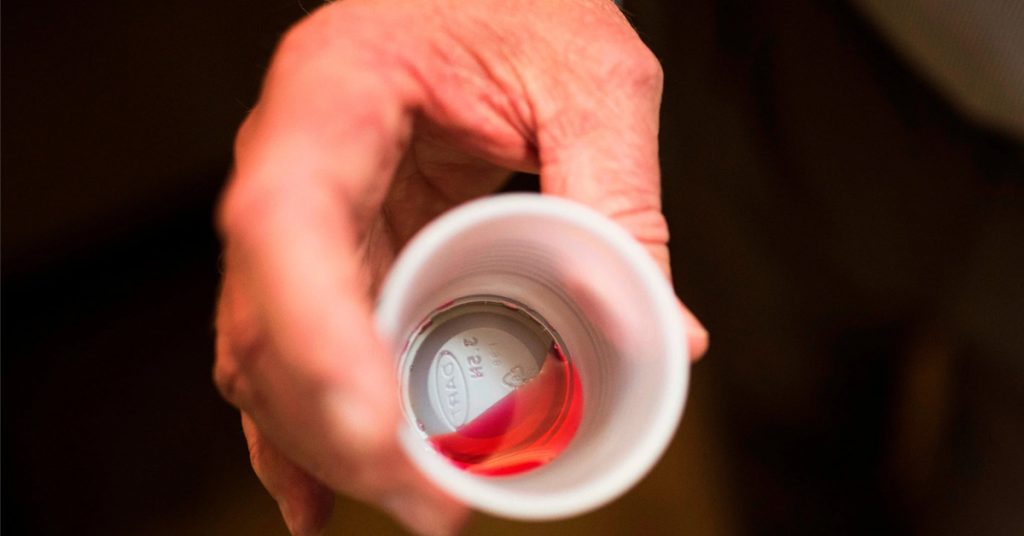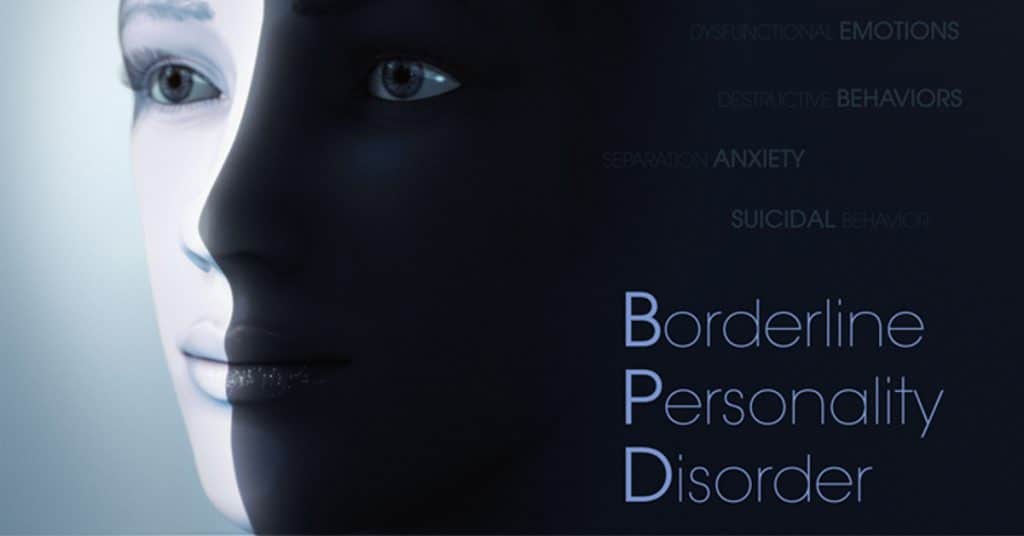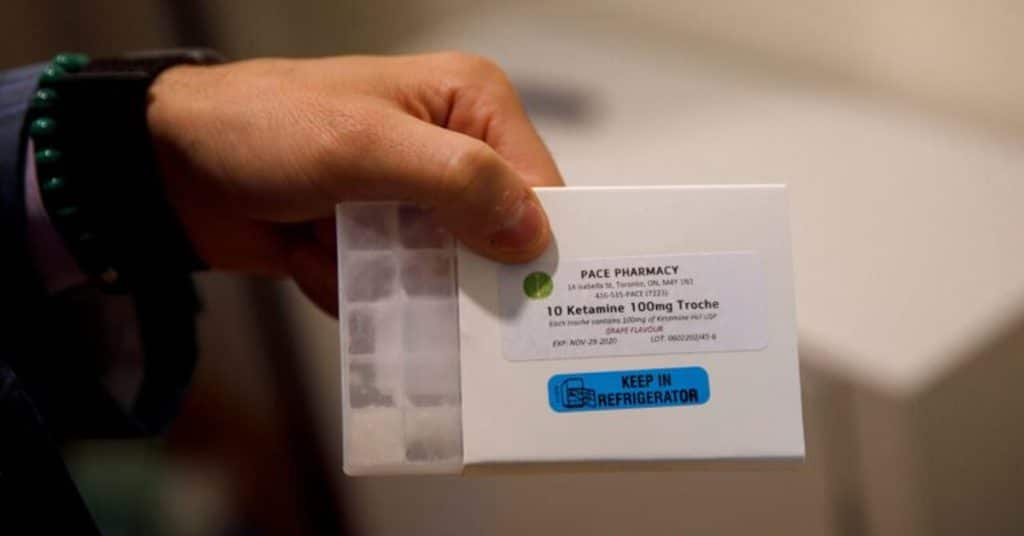A New Study Reveals How the Brains of Family Members Respond to Their Loved One

It’s no mystery that humans subjected to various stressors can respond in similar ways. But why is this so? What are the neurological mechanisms? We’re far from having all the answers. Now, however, brain scans are revealing similar activity in substance use disorder (SUD) sufferers and the family and friends who care for them.
First things first: this study does not prove that “codependence” or “enabling” or other such ideas are more valid than we may have thought. Such ideas remain doubtful and problematic, especially when they lead to conclusions blaming family and close friends for actively trying to support and engage with their Loved Ones. For a compelling illustration of the harm these ideas can cause, we’d refer you this short video.
What the new study does reveal, however, is a surprising congruence in brain activity between substance use disorder sufferers and those family and friends who care for them, especially longer-term. When the latter are shown a current picture of the Loved One, there’s a marked increase in activity in the prefrontal cortex. The brain activity pattern, moreover, resembles those observed in SUD sufferers shown an image of the substance they use.
This region of the brain is considered the primary source of the overpowering pain and cravings associated with addiction. The findings raise the possibility that family caregivers may develop a subconscious response to their Loved Ones that in some respects corresponds to the Loved One’s response to drugs or alcohol. Like the users themselves, there is a chance that family caregivers may be suffering from a heightened risk of compulsive behaviors—actions intended to keep their Loved Ones alive, but not always the most helpful.
We should emphasize again the hazards of drawing simple conclusions from such data, which in any event is at a preliminary stage. But the potential importance of such discoveries should not be ignored. You can read more about this groundbreaking study here:












LEAVE A COMMENT / ASK A QUESTION
In your comments, please show respect for each other and do not give advice. Please consider that your choice of words has the power to reduce stigma and change opinions (ie, "person struggling with substance use" vs. "addict", "use" vs. "abuse"...)